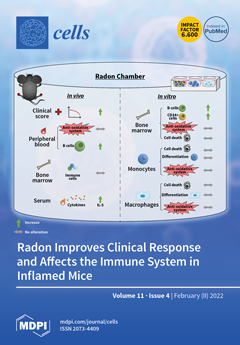Along with insulin resistance and increased risk of type 2 diabetes (T2D), lean first-degree relatives of T2D subjects (FDR) feature impaired adipogenesis in subcutaneous adipose tissue (SAT) and subcutaneous adipocyte hypertrophy well before diabetes onset. The molecular mechanisms linking these events have only partially been clarified. In the present report, we show that silencing of the transcription factor
Homeobox A5 (
HOXA5) in human preadipocytes impaired differentiation in mature adipose cells in vitro. The reduced adipogenesis was accompanied by inappropriate
WNT-signaling activation. Importantly, in preadipocytes from FDR individuals,
HOXA5 expression was attenuated, with hypermethylation of the
HOXA5 promoter region found responsible for its downregulation, as revealed by luciferase assay. Both
HOXA5 gene expression and DNA methylation were significantly correlated with SAT adipose cell hypertrophy in FDR, whose increased adipocyte size marks impaired adipogenesis. In preadipocytes from FDR, the low
HOXA5 expression negatively correlated with enhanced transcription of the
WNT signaling downstream genes
NFATC1 and
WNT2B. In silico evidence indicated that
NFATC1 and
WNT2B were directly controlled by
HOXA5. The
HOXA5 promoter region also was hypermethylated in peripheral blood leukocytes from these same FDR individuals, which was further revealed in peripheral blood leukocytes from an independent group of obese subjects. Thus,
HOXA5 controlled adipogenesis in humans by suppressing
WNT signaling. Altered DNA methylation of the
HOXA5 promoter contributed to restricted adipogenesis in the SAT of lean subjects who were FDR of type 2 diabetics and in obese individuals.
Full article






